

U.S. Soy
Delivers
Solutions
For you.
For your customers.
For the planet.
U.S. Soy, a source of complete and essential nutrients for both people and animals.
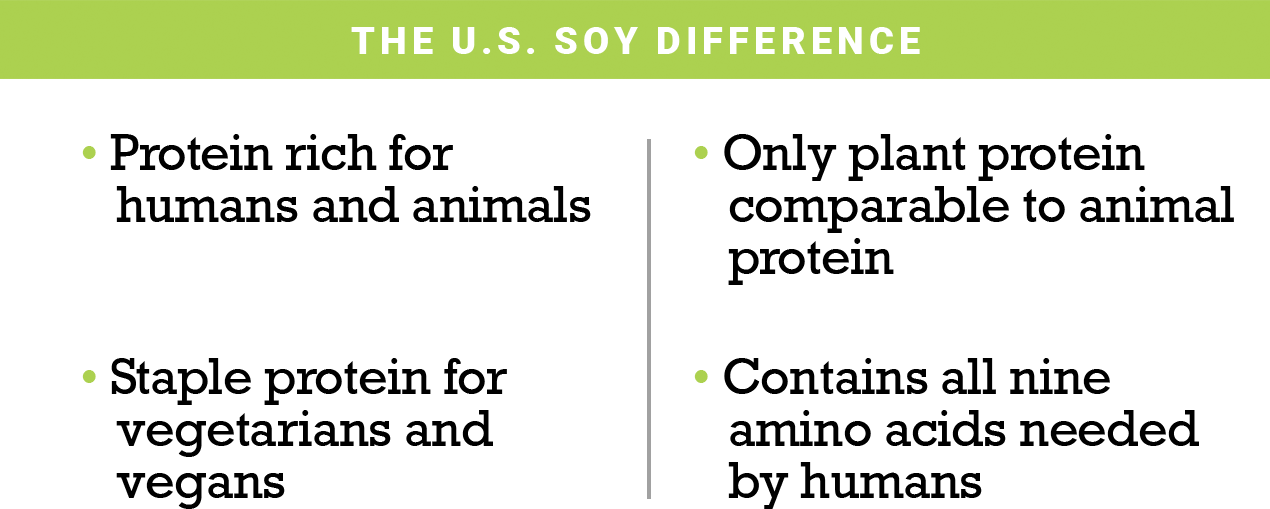
As the global population rises to an estimated 10 billion people by the 2050s, U.S.-grown soy can fulfill an essential role in feeding the world.
U.S. soybean farmers grow and develop sustainable soy-based solutions for a growing world, and contribute to preserving the planet we live on for future generations.
Protein First
U.S. soybeans play an important role in global food and nutrition security by providing reliable supplies of high-quality protein.
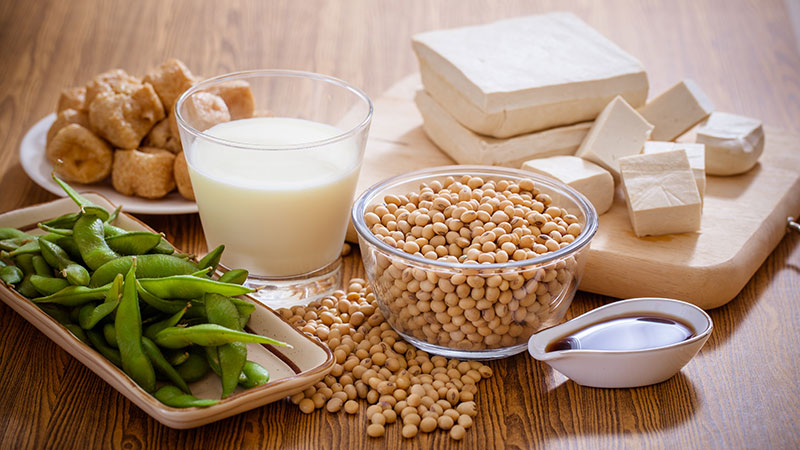
Specialty U.S. Soy Foods Database
Featuring nearly 300 varieties, the database is a comprehensive source of qualities and attributes for U.S. soybean used in foods such as tofu, soymilk, natto and miso.
Browse the Database
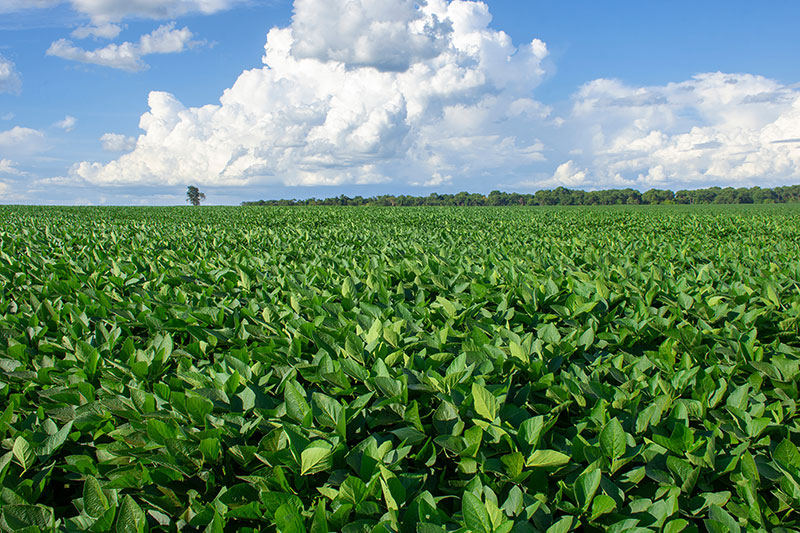
U.S. Soy Food Crop Update
The Soy Food Crop report is provided by USSEC in collaboration with industry partners to keep customers apprised of the specialty soy crop progression in regions across the U.S. throughout the growing season.
Learn MoreEssential Nutrition
U.S. Soy feeds our need for protein and essential fats, both as nutritious food for people and feed for animals. Soy protein is the only plant protein comparable to animal protein and the only plant protein that carries the FDA’s heart health claim confirming it may be able to reduce the risk of coronary heart disease. Soy also contains all nine essential amino acids in amounts that meet human needs and is a high quality, staple protein for vegetarians and vegans.
Learn more about sourcing, varieties, global soy food markets and more through the resources provided here.

The Global Soy Foods Market Overview
The report covers retail sales packaged soy food products, a category that includes traditional soy-based foods such as tofu and soymilk, as well as soy-based products designed to suit contemporary consumers tasted such as plant-based proteins and desserts.
Access the Market Overview
For more information about sourcing food-grade soybeans and soybean oil, contact Will McNair.
Contact Will McNairAdditional Resources
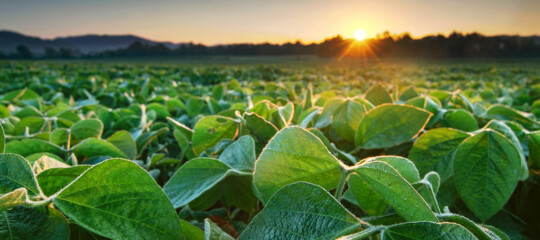
2023 Non-GMO Acreage Report
Navigate the complexities of non-GMO soy sourcing with the 2023 Non-GMO Acreage Report. This annual report offers a clear and concise analysis of market dynamics, both present and future, that will help you make informed purchasing decisions with confidence, aligned with your company's sustainability goals.
Download Now
North Asia Soy Food Report 2022
This comprehensive report combines the varied current market factors--from sustainability and consumption to policy and labeling--necessary to provide a holistic understanding of soy markets across China, Japan, Korea and Taiwan.
Download Now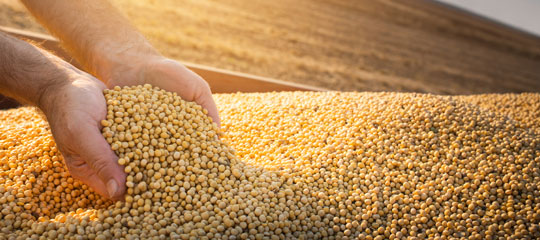
Non-GMO Food-grade Soybean Quantification Study
The study provides information to parties interested in learning about non-GMO soy production for both food and feed. It covers where beans are grown, farmer attitudes, and markets and availability of the beans.
Download Now
U.S. High Oleic Soybean and High Oleic Soybean Oil Sourcing Guide
The U.S. High Oleic Soy Sourcing Guide provides information on coordinating contract production and understanding pricing considerations, as well as procedures and timelines for handling and transport.
Download Now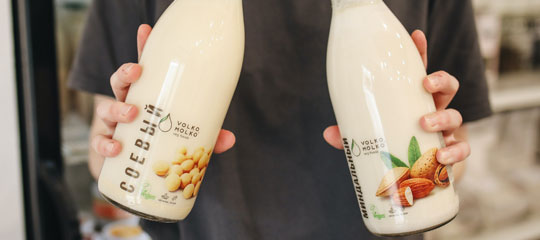
Soy Nutrition Institute Global
The Soy Nutrition Institute maintains an extensive library of expert information on soy in human health for anyone interested in learning more about the the myths, facts, nutritional aspects and more about soy in human health. The materials are available in multiple languages.
Learn More